5 Easy Steps to Finding the Best Snow Blower
Buying a snow blower can be confusing, but we’ve compiled some quick tips and facts to help you buy the best one. All right, let us get started.
To begin, there are a few essential factors to consider:
- How much snow do you typically get at once?
- How much area are you clearing?
- What surfaces are you clearing?
- What terrain are you clearing?
Have you got those answers? Perfect. Now, let us figure out which snow removal machine is ideal.
Want to skip ahead? Read about:
Single or Two Stage • Height and Width • Controls • Fuel Type • Features • Snow Blower vs Snow Thrower
First Things First- A Couple Frequent Questions About Snow Blowers
Single Stage Snow Blowers vs Two Stage Snow Blowers
Single-stage snow blowers can remove snow up to eight inches deep but are less potent than two-stage snow blowers, high-power snow removal machines that can remove eight inches of snow or more. More about the single stage vs two stage is below.
What’s The Difference Between A Snow Blower And Snow Thrower?
- Snow blowers are two-stage
- Snow throwers are single-stage
Many people use the names interchangeably, and we promise we will not judge if you do, too.
Step 1: Single Stage or Two Stage Snow Blower?
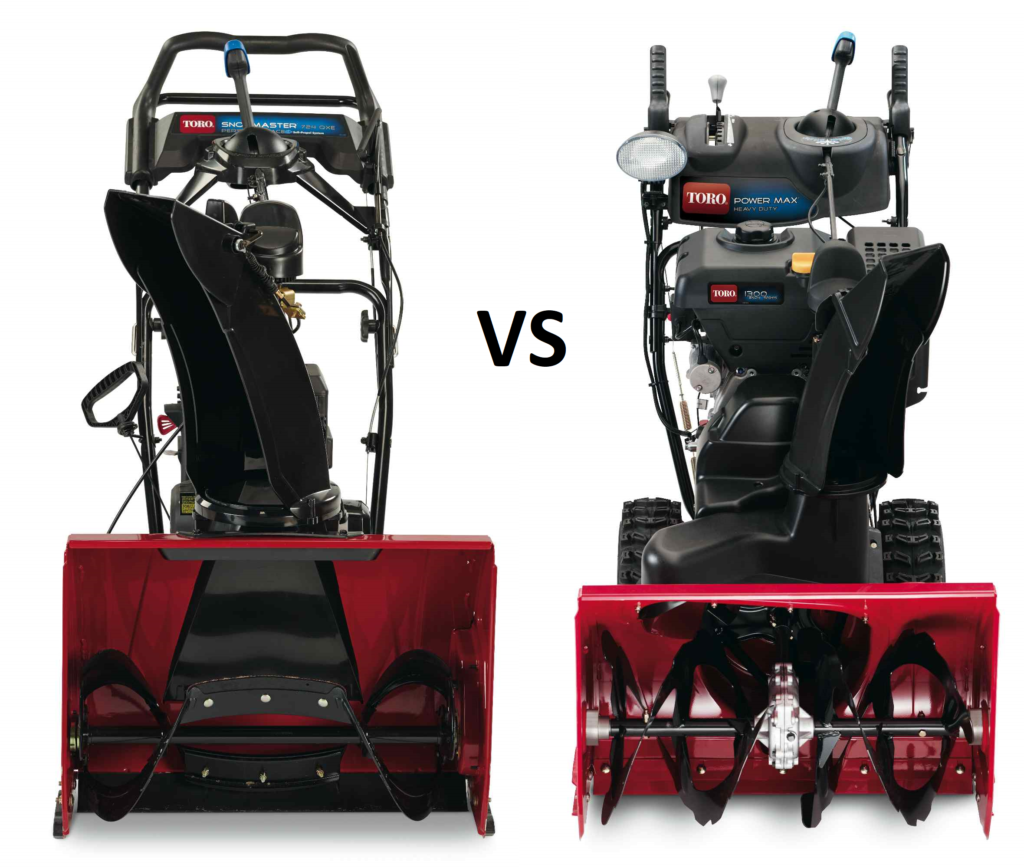
Let us start with the basics. Snow blowers are available in “stages,” which refers to how many moving parts the snow touches before it is thrown from the chute. Single-stage snow blowers are smaller and better for cleaning pavement. Double-stage snow blowers are more prominent, can clear deeper snow, and are better at cleaning non-paved areas.
Single-Stage Snow Blowers
Single-stage snow blowers use a drill and blow snow up through a discharge chute in a single motion, thus the name single-stage snow blower. These snow blowers are ideal for clearing up to eight inches of snow from sidewalks, walkways, steps, and short driveways. While they have plenty of clearing power, single-stage snow blowers are smaller and lighter, so many homeowners choose single-stage snow blowers to keep their driveways, walkways, decks, and patios clear.
Plug-In Single Stage Snow Blowers
Plug-in models require a long, flexible cord that can withstand extremely low temperatures to work. Additionally, you will need an outlet to plug it into and an extension cord to reach long driveways or walkways. So, if you have a long driveway, you must ensure a long enough cord to go the distance.
Cordless Single Stage Snow Blowers
Cordless electric snow blowers operate without the need for a cord. Plug it into a standard outlet to charge, then disconnect from it after the battery finishes charging. Battery power is a crucial consideration, so compare the expected battery life of each model that piques your interest. Electric snow blowers also tend to weigh less than their gas counterparts, making them easier to maneuver. Additionally, they offer a push-button starting mechanism that is easier to use than the pull cord on many gas blowers.
Gas Single Stage Snow Blowers
What fuel is used in single-stage snow blowers? You guessed it: gasoline. Some snow blower owners prefer gas-powered snow blowers because you do not need to worry about plugging in cords or charging batteries. However, gasoline-powered snow blowers require a bit more maintenance than the other types of single-stage snow blowers.
Cordless electric and gas snow blowers offer the most mobility since they have no cords, which makes them more suitable for long driveways, significant areas, or commercial settings. Corded blowers are ideal for smaller driveways and walkways near the power source.
Two-Stage Snow Blowers
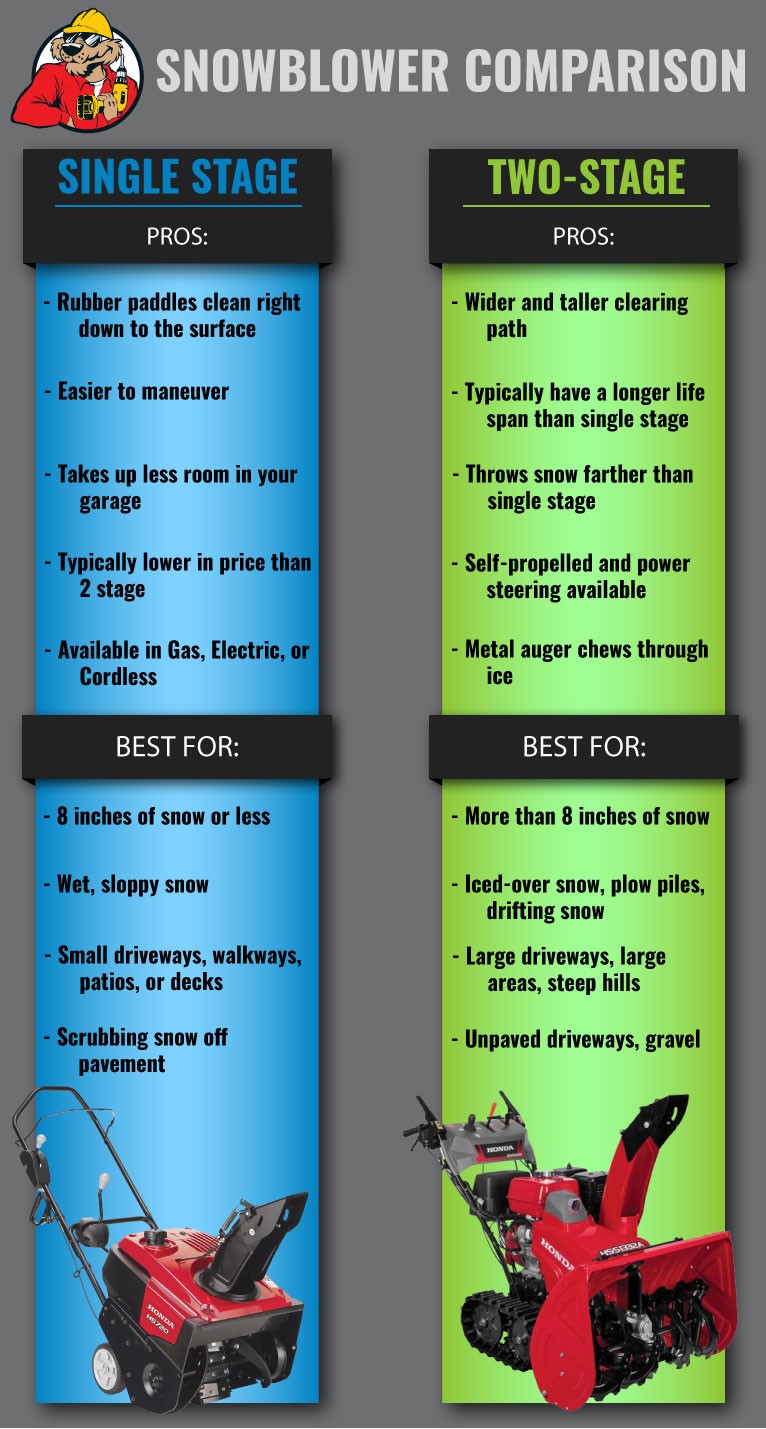
Two-stage snow blowers throw snow by first collecting snow and transferring it to the middle of the snowblower and, secondly, throwing it up through the chute onto a snowbank. These combined powers make two-stage snow blowers stronger than single-stage snow blowers, allowing them for home and commercial use.
These types of snow blowers are always gas, and they are more potent than a single-stage. Another critical difference between a single-stage and two-stage machine is in the design. While they both have augers, single-stage gas blowers only move the snow aside. On the other hand, two-stage models have an auger and an impeller. The impeller tosses the snow, blowing it away and clearing a more significant path, making it more efficient. These snow blowers are helpful for long driveways or even those with loose materials such as gravel and rock that single-stage models cannot clear.
Step 2: Choose A Clearing Width And Height of a Snow Blower
While many snow-clearing machines have similar shapes, they come in many sizes to cater to multiple snowfall quantities. Less snow means you can get away with a smaller snow blower, whereas a heavy North Dakota blizzard requires a snow blower with slightly more muscle. Let us look at some available joint clearing widths.
Narrower Than 18 Inches
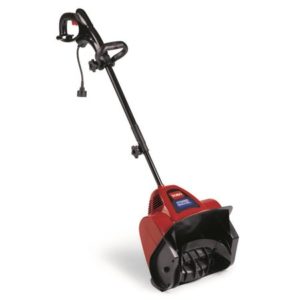
Very few snow removal machines are this small. The Toro Electric Power Shovel is one example of an electric snow pusher. It uses an auger like larger machines but pushes snow out of the front instead of a chute on top. This is an excellent choice if you only get a few inches of snow at a time or need to clear a small path.
| Power: | |
| Weight: | |
| Clearing Ability: |
18 to 21 Inches Wide
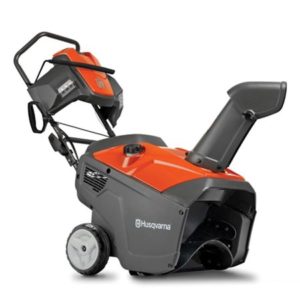
Many single-stage snow throwers are no larger than 21 inches across. They can cut through several inches of light snow and are excellent if you consistently get less than a foot at a time. Since they are small, they are light and easy to store during the off-season.
| Power: | |
| Weight: | |
| Clearing Ability: |
21 to 28 Inches Wide
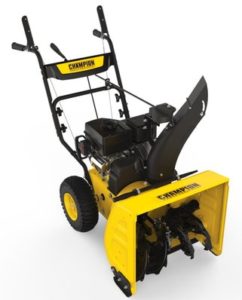
If you typically get snowfalls of a foot or more, you need a snow blower in this size range. The metal augers rip through compacted snow, and the powerful impeller launches it well out of the way. If you need to clear snow on dirt or gravel, a two-stage machine of this size will not toss debris like a smaller machine.
| Power: | |
| Weight: | |
| Clearing Ability: |
Wider than 28 Inches
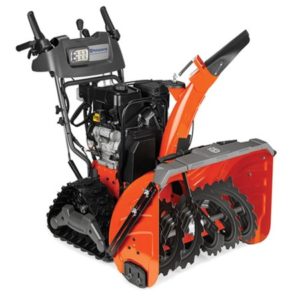
The giant snow blowers are built to efficiently clean large areas, like sidewalks or parking lots. The extra width and height cover a larger area with each pass for faster work. They have tremendous power to break through iced-over piles of snow. Some large units even have an extra impeller between the auger halves for extra throwing strength. These units with a second impeller are called “three-stage” blowers and are made strictly for hefty snow.
| Power: | |
| Weight: | |
| Clearing Ability: |
Step 3: Controls
Controls are the most critical feature after determining the size and use of the machinery, and many controls enhance safety and maneuverability.
- Be sure to get the most for your money with the best controls.
Step 4: Choose a Fuel Type
Gas
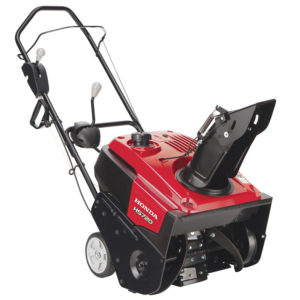
Gas snow blowers are the most common type you will encounter. The large gas motors provide adequate torque for even the heaviest blankets of snow, and the variety in size means there is a model for every need. All modern gas-powered snow blowers and throwers have four-stroke motors. Four-stroke (or four-cycle) engines are more efficient and easier to run than two-strokes. If you buy a used machine, check the engine type and get a four-cycle.
Electric

Electric snow blowers are lighter and smaller than gas models. They are great for homeowners who do not expect to receive more than 8-10 inches of snow in a single fall. You can plug them in without having to service a gas engine and get right to work. Starting them for the first storm of the year is also a breeze without a stubborn pull cord to work with. They are also reticent and require minimal maintenance, making them great for early mornings before you have had your coffee.
Cordless
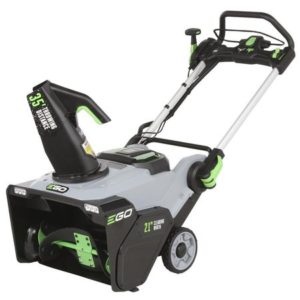
Cordless snow blowers are a relative newcomer to the winter arena. Using lithium-ion batteries and brushless motors, they are like corded models, only without being tethered to a wall outlet. Battery power might be the perfect solution for lighter snowfalls on longer driveways. Like corded electric models, cordless snow throwers are quiet and do not need much maintenance.
Step 5: Consider Snow Blower Features
Track Drive vs Tires
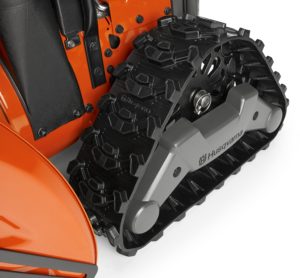
Large duo-stage snow blowers sometimes have tracks in place of wheels for added traction on ice and inclines. Track drives are always self-propelled and frequently have power steering as well. Most of their weight is centered on the track rather than on the front hood of the machine, as is the case with wheel-drive machines. The difference in center of weight allows for much easier height adjustment to avoid kicking up gravel or other loose stones on the ground.
Headlights
As the sun rises later and sets earlier in the winter, there is a good chance you will plow in the dark at least a few times. A work light out front helps you see where you are going.
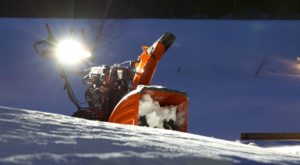
Handlebar Warmers
Keep your paws toasty even on freezing days. If you are plowing commercially and working outside for prolonged periods, you will love feeling your fingers after a few hours in the snow.
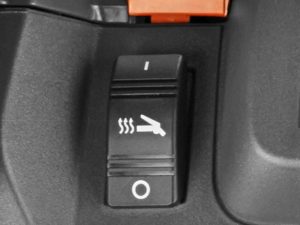

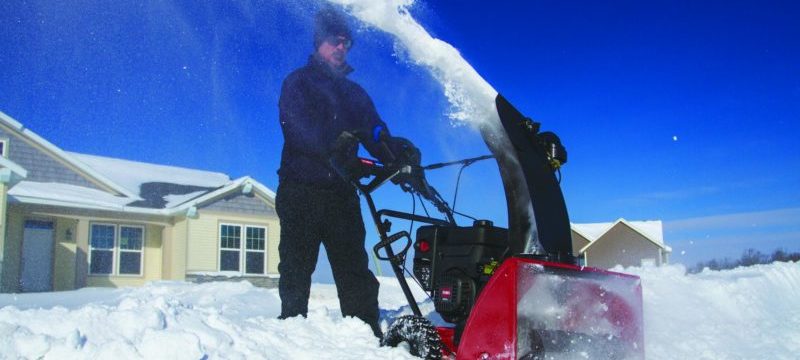
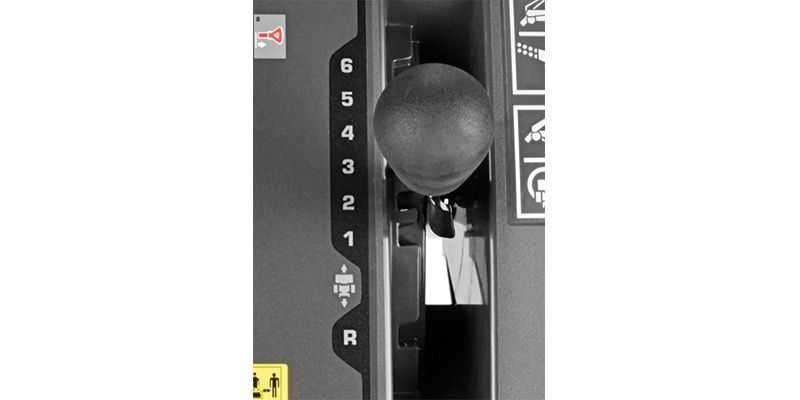
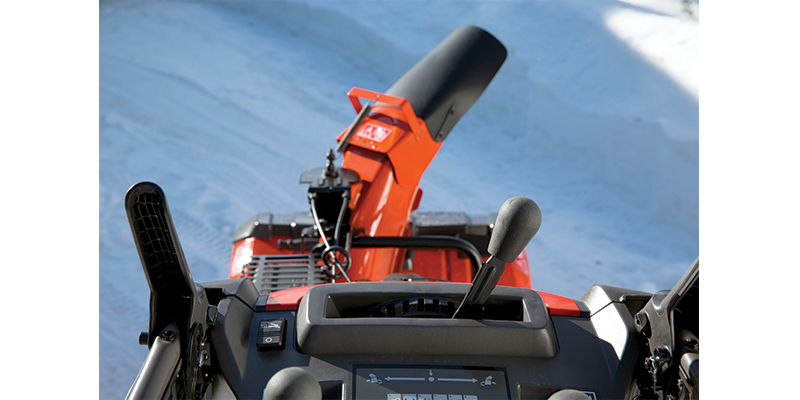
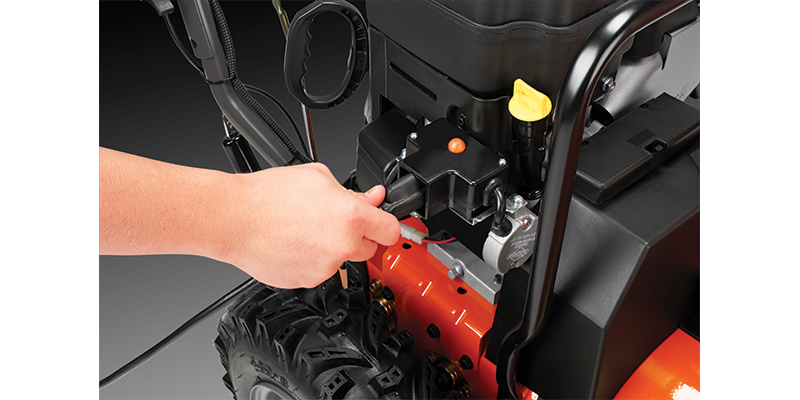
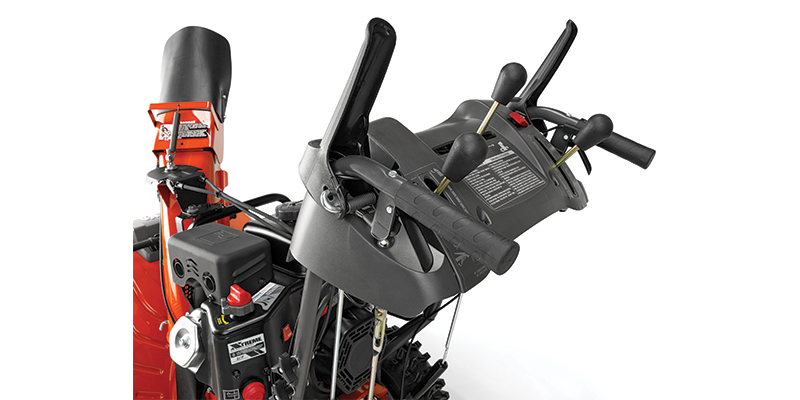
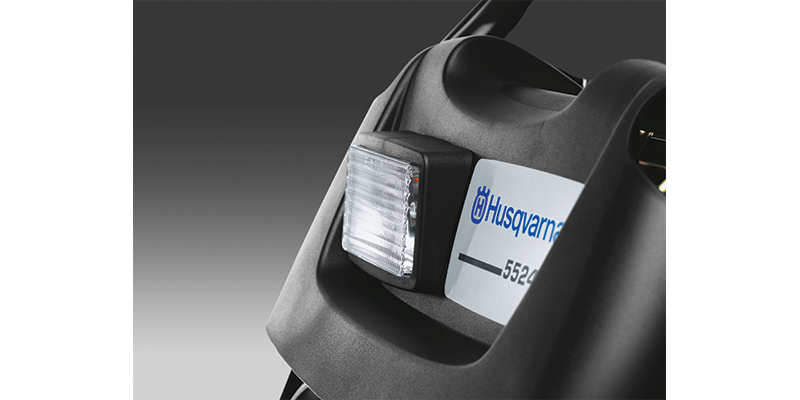
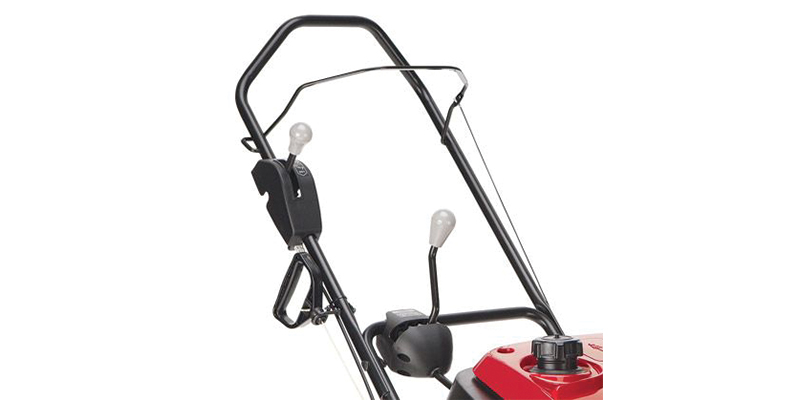
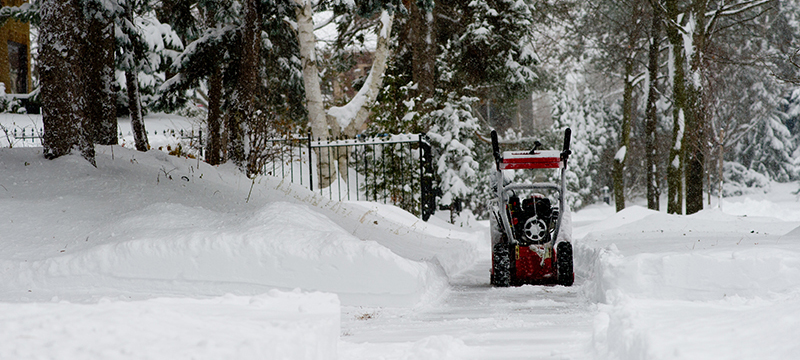
7 Comments
Paige Jirsa
January 7, 2019 at 12:54 pmwow what a great resource!! I am in the market for a new snowblower and in a pinch for time! thanks for this article!
James Heinzle
November 30, 2019 at 1:46 pmIs your Husqvarna snow blower for 899 with handwarmers and led lights have steerable capability
Acme Tools
December 2, 2019 at 8:06 amHi James. Thank you for your question. Please reply with the Husqvarna part number and we will be able to answer your question.
Thank you,
Acme Tools
Greta James
February 18, 2020 at 12:28 pmAbout a month ago, I moved into my own home. I love having my own space; however, I keep getting snowed in. Thank you so much for informing me that electric snow blowers are a great way to remove snow that is less than 10 inches deep. I think that I will have to look into my snow blower options and get something that fits my needs.
Hosea Sarkin
September 6, 2022 at 3:14 pmThere is certainly a great deal to find out about this subject. I really like all the points you’ve made.
stephen
January 13, 2025 at 9:25 ami have a 10′ X 50″ driveway
i have an 18″ battery snowblower
would i benefit (making less passes) by switching to 21″
avg snowfall is less than 3-4″
Acme Tools
January 14, 2025 at 9:50 amHi Stephen. A 21″ or wider snow blower would allow you to clear more area on a single pass but our concern is that there may not be a huge time savings. You may save 1 trip down your driveway but eventually the “Benefit” is up to you.
Thank you, Acme Tools